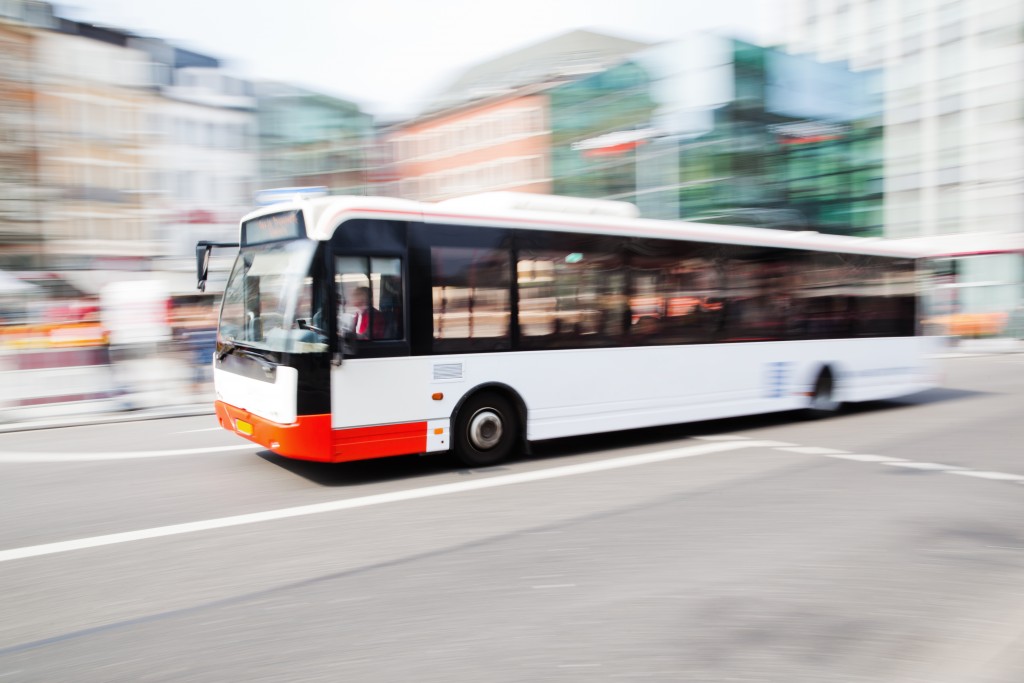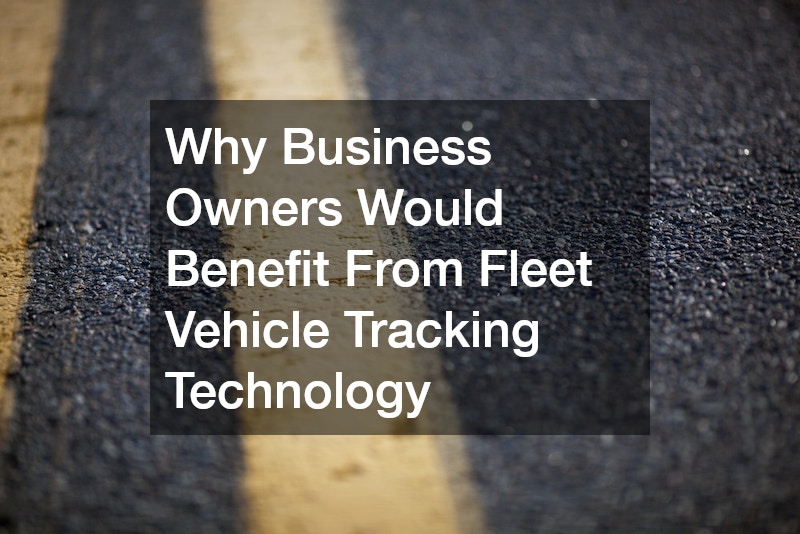Continuous development of traffic and automobile technology is what makes roads safer as time goes by. It’s hard to think that there was once a time that cars had no airbags and traffic lights had no backup power sources. It’s even harder to fathom that even with more sophisticated road safety technology today, hundreds of thousands of road accidents still occur every day all around the globe.
Even if that is the case, technology has enhanced road safety by leaps and bounds. Here are the different types of modern tech that has played and continues to play a significant role in keeping the roads safe:
Maintenance management software
Similar to fleet inventory management software, maintenance management software is a mission-critical tool for fleets. This type of software helps fleet managers stay on top of preventive maintenance for their vehicles, which helps minimize the risk of critical vehicle failure on the road.
LED traffic lights
LED traffic lights cost more than incandescent or halogen counterparts, but they are far more advantageous. LED lights are more energy-efficient and can last five to ten times longer compared to incandescent lights. They also have a battery back-up, meaning that traffic lights will continue to function even if there is a power outage. Moreover, LED traffic lights do not burn out but instead gradually lose intensity, meaning that traffic lights won’t suddenly stop functioning and possibly cause an accident.
Backup cameras
Rear cameras allow drivers to see whatever is behind their vehicle, which is extremely useful when parking or pulling out of a driveway or parking space. Some cameras also come with alert systems that make beeping sounds whenever the car backs up too close to an object, helping prevent collisions when reversing.
Automatic emergency braking (AEB) systems
Among the most common types of car accidents are rear-end collisions. Automatic emergency braking systems either prevent this type of accident altogether or minimize the severity of the collision.
An AEB system functions like this: when it detects an impending collision with another vehicle, it alerts the driver to take action or applies the brakes automatically to avoid or reduce the impact of the collision.
Anti-drowsy technology
Falling asleep on the wheel or driving while drowsy are two common causes of road accidents. Thanks to modern dashboard technology, drivers can now be alerted by anti-drowsy systems when they are showing signs of drowsiness. These systems can tug on the driver’s seat belt or make sounds to make the driver more awake or prompt them to pull over.
Drivers who do not have this technology in their vehicles can make use of anti-drowsy apps. Most apps sound alarms to ‘wake up’ drivers periodically while driving, while other apps can emit blue light to keep drivers from feeling sleepy (blue light is known to fight off drowsiness).
Blindspot warning
Blindspot warning systems flash a warning light on side mirrors to alert drivers of vehicles in their blind spot. This is an extremely important technology in avoiding collisions caused by changing lanes without seeing the vehicle in the blind spot beforehand.
Lane departure warnings and assist

When a driver steers outside of their lane, lane departure warnings will alert them with beeps, lights, or vibration of the steering wheel. If the vehicle is equipped with lane departure assist, the system will steer the vehicle into its proper lane. Unfortunately, many drivers turn off this feature, mainly because they are annoyed with the warnings.
Forward collision warning systems (FCS)
Forward collision warning systems help drivers avoid rear-ending stationary or slow-moving vehicles in front of them by monitoring their vehicle’s speed, the speed of the vehicle in front, and the distance between the two vehicles. When the distance becomes too close, the FCW system will alert the driver to take action to avoid the imminent crash. However, FCW systems should not take full control of the vehicle away from the driver to mitigate the collision or prevent it entirely.
Technology is crucial for road safety, which is why governments, automobile manufacturers, and drivers themselves must embrace the use of these technologies to mitigate the risk of road accidents more effectively. These are just some of the technologies that make our roads safer today. In the future, we can look forward to more innovations to enhance road safety even further.




